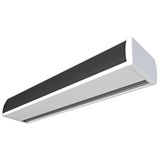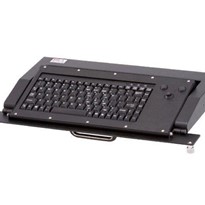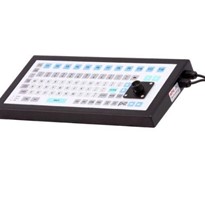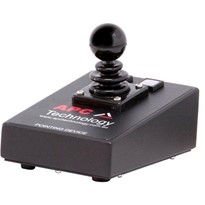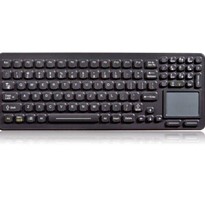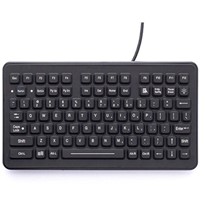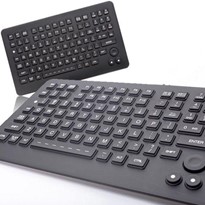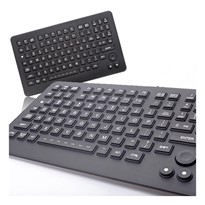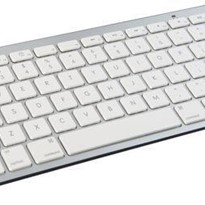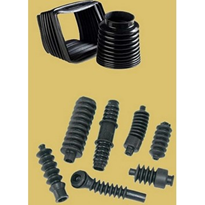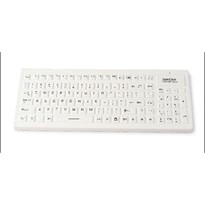1) Where will the keyboard be used?
Industrial keyboards are designed and built to operate in extreme conditions. Considering where it will be used and how is important in the decision process. For example high risk environments where there is a risk of explosion, the keyboard will be tested to meet industry standards. In a hygiene environment such as medical or food production they are designed to protect against cleaning agents and water. You should consider:-
- The number of keys: do you need numbers, letters, function keys. A standard keyboard has 101 or 102 keys, but industrial keyboards can be configured with a variable number of keys.
- Mounting: consider where the keyboard will be placed. Does it need to integrated into a system or stand alone. For example you can choose between VESA and AMPS mounting, front panel, rack mount integration.
- Type of protection: consider based on the environment whether the keyboard needs to be vandal-proof, water proof, explosion proof, shock and vibe proof or resistant to chemical cleaning.
- Pointing device: how will the user interact with the keyboard. For example trackball, touchpad, joystick or pointing button.
2) What protection standards do you need?
- Vandal-proof keyboards: are very robust, almost indestructible, often made of steel and waterproof, they are designed for outdoor use, for example in kiosks and terminals for the public.
- IP index: you must know the operating conditions and environment in order to select the necessary protection index (IP index). The first digit indicates protection against solids, the second digit indicates protection against water and/or liquids. Industrial keyboards are generally rated IP65 or IP68.
- IK rating: the 2-digit IK rating indicates the mechanical protection index for protection against impact energy, given in joules. It indicates the equivalent to the fall of a mass of a certain weight from a certain height.
- ATEX standards: concern the protection of people working in environments sensitive to explosion risk. There are industrial monitors that comply with ATEX standards for use in explosion risk areas.
- MIL-STD-810G/F is a military standard that indicates the robustness of a device. This standard indicates to what degree a product is suitable for the environmental conditions.
- MIL-STD-461 also comes from the US military and indicates electromagnetic compatibility.
3) What type of mounting is required?
- Desktop: these closed or encased keyboards are configured for office applications. Desktop keyboards often use an inclined casing or folding feet to tilt the keyboard surface towards the operator.
- Panel mount: these are built-in keyboards allowing for easy integration on the upper or front surface of an instrument panel or equipment, for example on the control panel of a machine.
- Rack mount/rack drawer: keyboards with optimized dimensions for perfect integration into shelves or drawers in order to access video, keyboard and touchpad functions from a single workstation and manage one or more servers.
- OEM /open frame: this version without a frame or casing is intended to be integrated into a machine or kiosk.
4) What pointing device is the best based on use?
Keyboards can have an integrated pointing device replacing the mouse:
- A trackball: allows for more precise cursor control and is usable by both right-handed and left-handed people. The trackball also has the advantage of being user-friendly.
- A touchpad (or trackpad): moves the cursor by simply sliding a fingertip over the surface.
- A Force-Sensing Resistor (FSR): this force sensor pointing device measures the pressure exerted on a sensor cell with variable resistance. This technology can be integrated into thin and flexible applications.
- A joystick: with this type of system, the operator moves the mobile part (joystick) to control the movement of the cursor. Single-axis or multi-axis joysticks are available depending on the complexity of the application.
5) What connector is required?
Connectivity refers to the physical connections used for data transmission and electrical connections. The connectors you choose depend on the computer or terminal you are going to connect the keyboard to and what ports are available on it. You can choose between:
- PS2 (Personal System/2): A connector used to connect the keyboard and/or mouse before the arrival of USB. With this connection, it is essential to connect the device to the computer before turning it on, otherwise the keyboard/mouse will not work.
- USB: is the most versatile and widespread connector technology.
- Wireless: There are two main technologies: the IEEE 802.11 standard, better known as Wi-Fi; and the wireless keyboard that works with Bluetooth via a receiver connected to a USB port.
- Serial ATA (or SATA): allows you to connect devices compatible with this standard (hard disk, DVD drive, etc.) to a motherboard. It specifies a data transfer format as well as a cable format.
- CANbus: uses an approach known as multiplexing, which consists in connecting a large number of ECUs to the same cable (a bus), which then communicate one at a time, thus avoiding having too many cables (depending on the application). The CAN (Controller Area Network) data bus is a serial system bus that is widely used in many industries, including the automotive industry.
6) What type of keys and technology are available?
- With mechanical keys: when a key is pressed, a switch is activated that sends a signal to the processor.
- Advantages: speed, ease of use, individually replaceable keys in case one stops working.
- Disadvantages: more expensive and noisier than membrane keyboards.
- Membrane keyboards: are made of several layers of polyester. This type of keyboard has a visible layer (with decoration) and an invisible layer that includes circuits made from silver and/or conductive carbon screen printing. Membrane keyboards can be flat (simple and affordable), or have metal pads or dome switches to create a tactile sensation.
- Advantages: they are easy to customize and less expensive than mechanical keyboards.
- Disadvantages: shorter service life and slower than mechanical keyboards.
- Touchpad keyboards: we differentiate between capacitive touch (which reacts to a change in the electromagnetic field when touched by a finger) and resistive touch (two layers that come into contact when a finger presses down causing a current to flow). The disadvantage to capacitive touch is that you must press the keys with your bare fingers, so you cannot wear gloves when working.
- Piezoelectric keyboards: involve applying a mechanical charge to certain crystals such as quartz or Rochelle salts to produce electrical charges.
- Advantages: very sturdy, can be used near water, long service life.
- Advantages: very sturdy, can be used near water, long service life.
7) Should I buy off the shelf or a custom option?
A custom option enables you to design a solution that fits your environment and the user. For example, you can set the position and key functions to suit the application. You can specify backlighting or additional connectivity. At APC we design and build to meet the needs of the customer so don't limit yourself based on an out of the box solution.








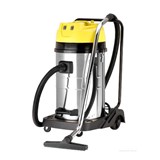
-160x160-state_article-rel-cat.png)




-160x160-state_article-rel-cat.png)




